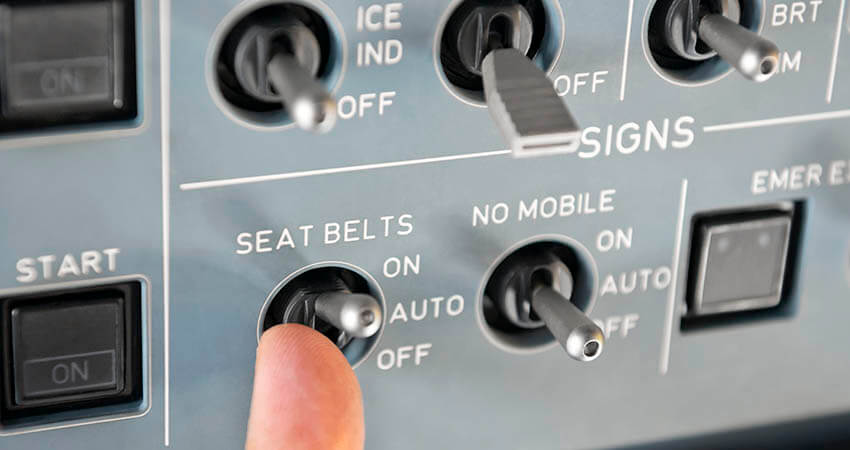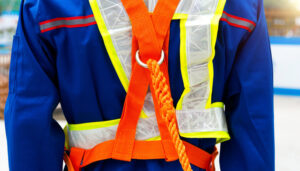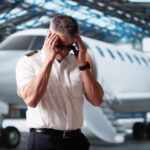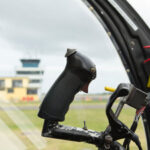Raising the bar for passenger briefings.
There are the routine briefings to give passengers (when to fasten seatbelts, smoking rules, etc.), but what sets apart a great passenger briefing from one that just explains what is required of you? There is a quick way to highlight features of the aircraft to step up what you do for your passengers every flight. Below are a few ways you can improve your passenger briefing, leading to overall customer satisfaction.Requirements:
When performing under Part 125 or Part 135 requirements (14 CFR 125.327 or 14 CFR 135.117), there are basic guidelines for what needs to be given to the passenger. These include:- Non-permitted smoking areas and times
- Safety belt use, including harnesses
- Placement of seatbacks before landing and takeoff
- Emergency exit and passenger entry door locations
- Survival equipment location
- Extended overwater operations emergency equipment and exit procedures
- Use of oxygen masks
- Location of fire extinguishers
Seatbelts and seatbacks.
When you’re explaining the safety of seat position and seatbelts, also explain how they can adjust the seatback when in-flight. Many customers may not know exactly how to adjust the seat in the particular aircraft. Keeping them comfortable in-flight will help them relax and make for a smoother flight overall.
Vents in the Cabin.
Again, this may not be something customers are extremely familiar with for the particular aircraft, and they will really appreciate having you explain where they are located and how they are operated. Being too hot or too cold is never what someone wants, and letting the passenger feel like they have control over even the simplest part of the flight will help them feel more at ease. A lot of times customers won’t ask questions because they feel silly, but explaining these seemingly ‘simple’ procedures will help their flight experience tremendously.Questions?
Asking at the end for questions is not only a kind gesture, but this is generally just a good practice to have in any situation. It would be unfortunate to have someone nervous about exactly what to do in an emergency situation if they misunderstood you. Clarity is extremely important. Something as quick as addressing a few questions can save lives and increase customer comfort within the cabin. Want more on what you can do to improve your safety briefing? Read more in the FAA article here.RELATED READING
RELATED CTS TRAINING










